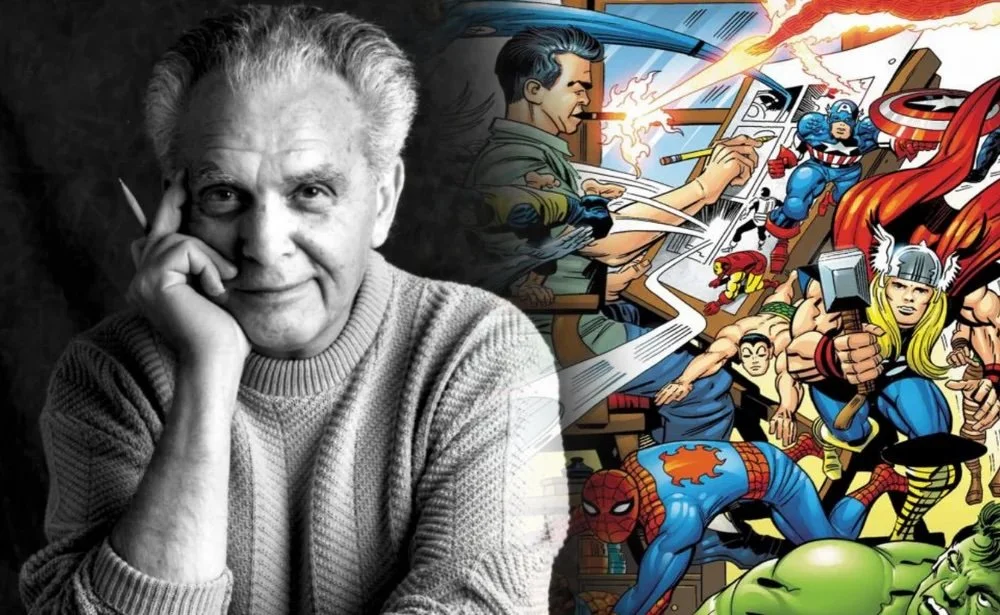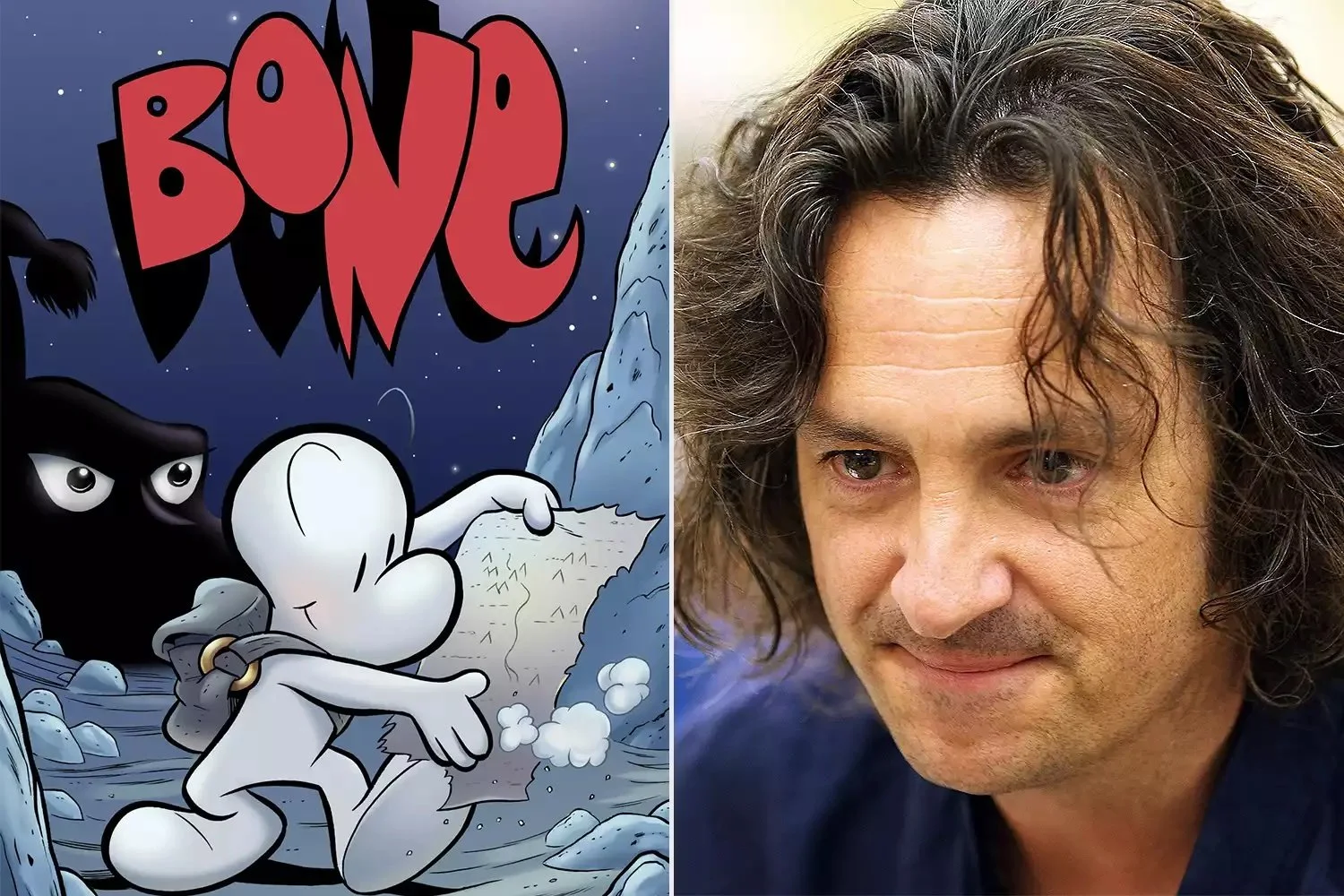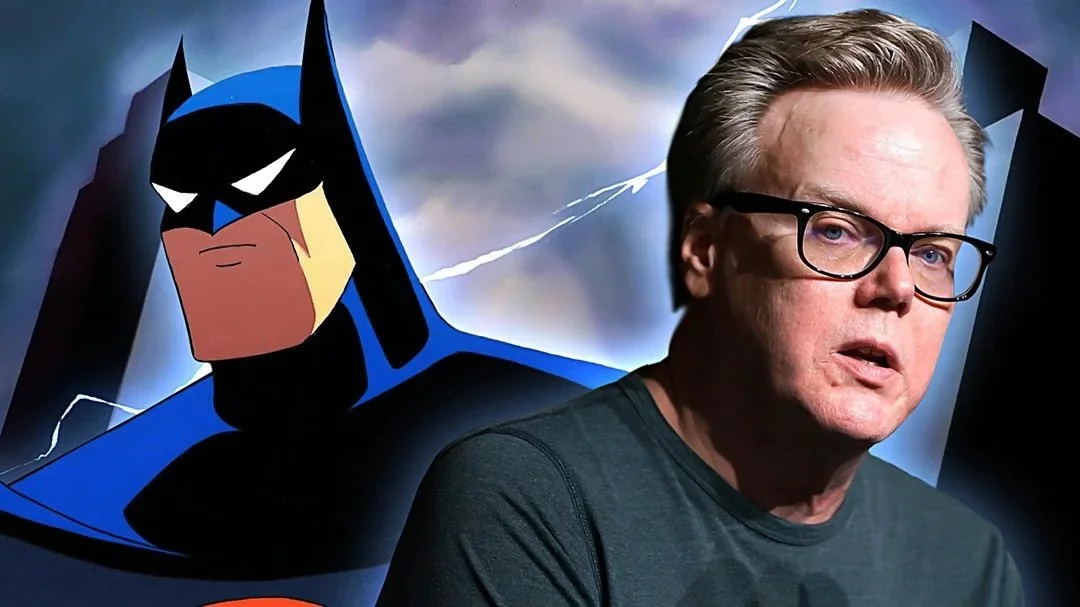From Saturday Morning to Spinner Racks: When Cartoonists Cross Into Comic Books
Not every great comic book artist started with capes and cowls. Some came from a place far more chaotic and charming—the world of cartoons. Think gag strips, Sunday funnies, and animated shorts. And for several artists, that background didn’t just influence their work in comics—it redefined it.
Welcome to the quirky corner of comic book history where the elastic logic of cartooning meets the layered narrative of comic books. Let’s explore how cartoon artists made the leap and what they brought with them.
Cartooning: The First Draft of Comic Art?
Before diving into panel-to-panel storytelling, many legendary comic book artists earned their stripes drawing quick, punchy humor for newspapers or animating zany characters for TV. Why? Because cartooning demands economy—expressing movement, emotion, and punchlines in minimal lines. It’s training in clarity, pacing, and exaggeration—skills that translate very well to comics.
Cartooning teaches you to get to the point. That’s helpful when you're drawing Spider-Man dodging Doc Ock through Manhattan in 20 tiny boxes.
Notable Names Who Made the Jump
1. Jack Cole – From Gags to the Elastic Hero
Comic Highlight: Plastic Man (Quality Comics, 1941)
Cartooning Origins: Jack Cole cut his teeth on boy’s magazines and early gag panels before making his way to comics in the Golden Age.
Achievements:
Created Plastic Man, one of the first superheroes with a purely comedic edge.
Combined slapstick and surreal visuals in ways that were decades ahead of their time.
Worked for Playboy in the 1950s, producing the acclaimed Betty Pages cartoons.
Legacy: Cole made elasticity fun. He infused humor into the superhero genre before it was fashionable, paving the way for characters like The Mask and Deadpool. His layouts were kinetic, often breaking conventional panel structure for comedic or narrative effect—a stylistic choice now seen across modern indie comics.
2. Sergio Aragonés – The Mad Genius with a Sword
Comic Highlight: Groo the Wanderer (Pacific Comics, later Marvel/Epic, 1982–)
Cartooning Origins: A cornerstone of Mad Magazine, Aragonés became famous for his lightning-speed doodles and margin gags—little cartoons that lived outside the main features.
Achievements:
Won multiple Eisner Awards.
Published over 100 issues of Groo, one of the longest-running creator-owned humor comics.
Revered for his wordless storytelling, showcasing visual fluency few can match.
Legacy: Aragonés proved that “funny” and “fantasy” aren’t mutually exclusive. Groo is a masterclass in parody, poking holes in sword-and-sandal tropes without ever losing charm. His work bridged cartooning and sequential art so seamlessly that he’s become a model for visual comedians in comics.
3. Jeff Smith – The Indie Juggernaut
Comic Highlight: Bone (Cartoon Books, 1991–2004)
Cartooning Origins: Smith was trained in animation and worked on educational cartoons before launching Bone, a hybrid of classic cartoon styles and Tolkien-esque storytelling.
Achievements:
Bone won 10 Eisner Awards and 11 Harvey Awards.
Time Magazine listed Bone among the 10 greatest graphic novels of all time.
Smith founded Cartoon Books to self-publish Bone, becoming a pioneer of the creator-owned model.
Legacy: Smith brought indie comics into the mainstream spotlight. Bone is a unicorn: accessible to kids, rich enough for adults, and stylistically timeless. Its influence is visible in everything from Amulet to Adventure Time. Cartooning sensibilities made Bone inviting—but its emotional depth made it unforgettable.
4. Bruce Timm – The Man Who Redrew Batman
Comic Highlight: Batman Adventures: Mad Love (DC Comics, 1994)
Cartooning Origins: Timm was a storyboard artist and animator for He-Man and Tiny Toon Adventures before co-creating Batman: The Animated Series.
Achievements:
Won an Eisner for Mad Love, which introduced Harley Quinn to comics.
Revolutionized superhero animation with the “Timmverse” (Batman, Superman, Justice League).
Helped redefine Batman for a generation, blending noir with stylized minimalism.
Legacy: Timm’s impact on the DC mythos is profound. His animation work bled into comics, influencing artists to embrace clean lines, bold silhouettes, and expressive gestures. He also turned Harley Quinn—born in animation—into a comics powerhouse. That’s crossover magic.
5. Kyle Baker – Satire with Style
Comic Highlight: Why I Hate Saturn (Piranha Press, 1990), The Shadow (DC Comics, 1987)
Cartooning Origins: Baker worked as an editorial cartoonist and animator before fully diving into comics.
Achievements:
Multiple Eisner and Harvey Awards for his creator-owned work.
Known for pushing visual storytelling, using mixed media, Photoshop, and hand-drawn satire.
Gave The Shadow an irreverent, stylized facelift in the late '80s.
Legacy: Kyle Baker embodies the artist-as-author spirit. He brought a sharp, sarcastic tone and experimental layout design to comics long before it was the norm in indie books. His work is taught in design schools for its technical innovation, and collectors still chase first printings of Saturn and Nat Turner.
So Why Does This Matter?
Because collecting comics isn’t just about what’s rare—it’s about what’s different. These artists carved a stylistic niche that still resonates with fans today. Whether it’s the pliable weirdness of Cole or the visual comedy of Aragonés, their work reminds us that not every hero needs to look like they walked off a bodybuilding stage.
Sometimes, the most compelling art comes from someone who used to draw pies in the face and anvils falling from the sky.
Final Frame
For collectors, artists like these are sleeper picks—less obvious, but deeply rewarding. Their work often flies under the radar, but dig a little deeper and you’ll find covers and interiors with wild energy, clear storytelling, and yes, a bit of cartoonish mischief.
In short: don’t overlook the cartoonist on your hunt for key issues. They might just be the ones who made comics a little weirder, a little livelier—and a whole lot more fun.







